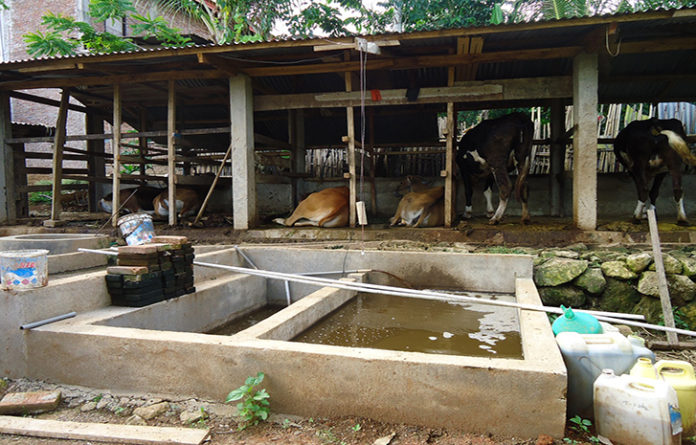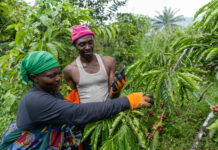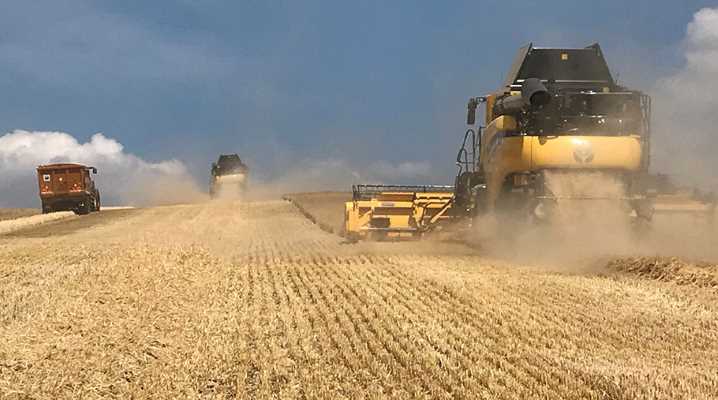A new report by the International Water Management Institute (IWMI), an international, research-for-development organization has revealed how countries across the Global South can transform livestock waste from a dangerous pollutant into valuable resources through innovative circular bioeconomy business models.
The research, titled “Resource Recovery from Livestock Waste: Cases and Business Models from the Global South,” identifies and analyzes 135 resource recovery initiatives across Sub-Saharan Africa, Latin America, South Asia, and Southeast Asia.
It highlights how low- and middle-income countries in these regions are turning animal waste into renewable energy, organic fertilizers, and aquaculture feed—helping mitigate climate and public health risks while generating economic and social benefits.
A Growing Challenge with a Hidden Opportunity
As demand for meat and dairy continues to soar in developing countries, livestock production is growing rapidly. This boom, however, comes with an environmental price: massive volumes of waste that pollute water, soil, and air and spread zoonotic diseases like E. coli and salmonella.
The report finds that unmanaged livestock waste contributes significantly to greenhouse gas emissions, eutrophication of water bodies, soil degradation, and antimicrobial resistance. Manure alone contains high levels of nitrogen and phosphorus, heavy metals, and pathogens that threaten public and environmental health.
But it also presents an opportunity. “Livestock waste, if managed safely, holds enormous value as a resource,” the researchers note. Properly processed, it can be converted into biogas for clean energy, biofertilizers to replenish soils, and feed for fish farming—reducing dependence on fossil fuels and chemical inputs.
Three Winning Business Models
IWMI report analyzed 26 detailed case studies to identify three viable business models:
- Energy and Biofertilizer Recovery: These models involve anaerobic biodigestion to produce biogas and digestate (a nutrient-rich slurry). They typically operate at medium to large scales and serve both energy needs and agricultural markets. Countries like Mexico, India, Colombia, and South Africa are leading in this model.
- Soil Nutrient and Organic Matter Recovery: Often using composting and vermicomposting, these models focus on creating solid organic fertilizers from manure. They are simpler and cheaper but face financial hurdles due to limited market development. Uganda and Kenya have numerous success stories in this category.
- Feed Recovery for Aquaculture: In countries like Bangladesh and India, livestock waste is directly applied to fish ponds to boost plankton growth. While inexpensive and low-tech, these models raise environmental concerns if not properly managed.
Across all models, government-led initiatives at household or community level tend to achieve higher replicability and economic sustainability, while private enterprises excel at larger scales with profit-oriented strategies.
Diverse Approaches, Shared Barriers
The report showcases considerable geographical diversity in waste types and treatment methods. In South Asia, for instance, poultry and cattle manure are commonly used in aquaculture, while Latin America and Sub-Saharan Africa emphasize biodigestion for energy recovery. Composting is also widespread, particularly vermicomposting in India and Uganda.
However, adoption remains limited due to persistent challenges: lack of awareness, limited access to finance, inadequate infrastructure, and weak policy support. Many farmers remain unaware of the economic value of manure, and few have the technical knowledge or equipment needed to process it safely.
The report emphasizes the importance of targeted training for farmers, enabling policies, and strategic investment to unlock the sector’s potential. “Supportive regulation, capacity building, and access to finance are essential to scale up circular bioeconomy models,” the authors conclude.
A Payoff Worth the Investment
The economics are promising. Most recovery businesses report benefit-cost ratios between 1 and 2, with average payback periods of 5–6 years. Biogas recovery models typically perform best financially, especially when products are used on-site or sold in diversified markets.
Additionally, circular waste management offers multiple co-benefits: improved public health, lower medical costs, job creation in rural areas, and reduced greenhouse gas emissions. The report estimates that capturing the full carbon potential of livestock manure globally could cut emissions by 418 million metric tons of CO₂ equivalent.
A Blueprint for Climate-Resilient Agriculture
With global fertilizer prices rising and energy security increasingly under threat, recovering resources from livestock waste offers a climate-smart solution that aligns with multiple Sustainable Development Goals, including food security, clean energy, responsible consumption, and climate action.
The report concludes with a call to action for governments, private investors, and development partners: “Livestock waste management must shift from being a sanitation issue to a green growth opportunity. Circular business models are the way forward for a healthier planet and more resilient agriculture.”
As the Global South steps up to this challenge, IWMI’s research offers a practical roadmap to turn waste into wealth—creating cleaner ecosystems and more sustainable livelihoods for generations to come.







